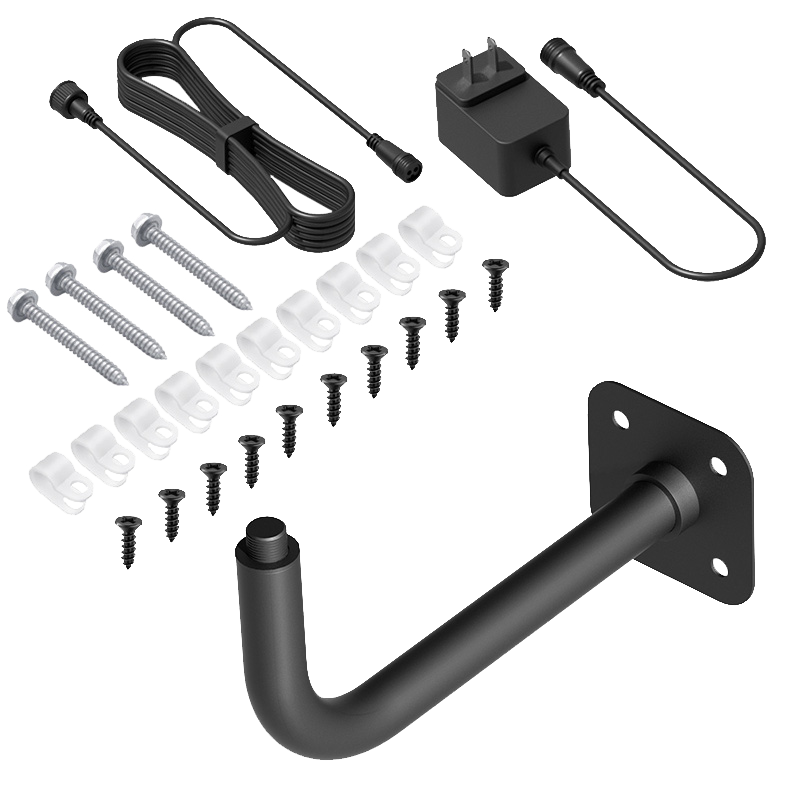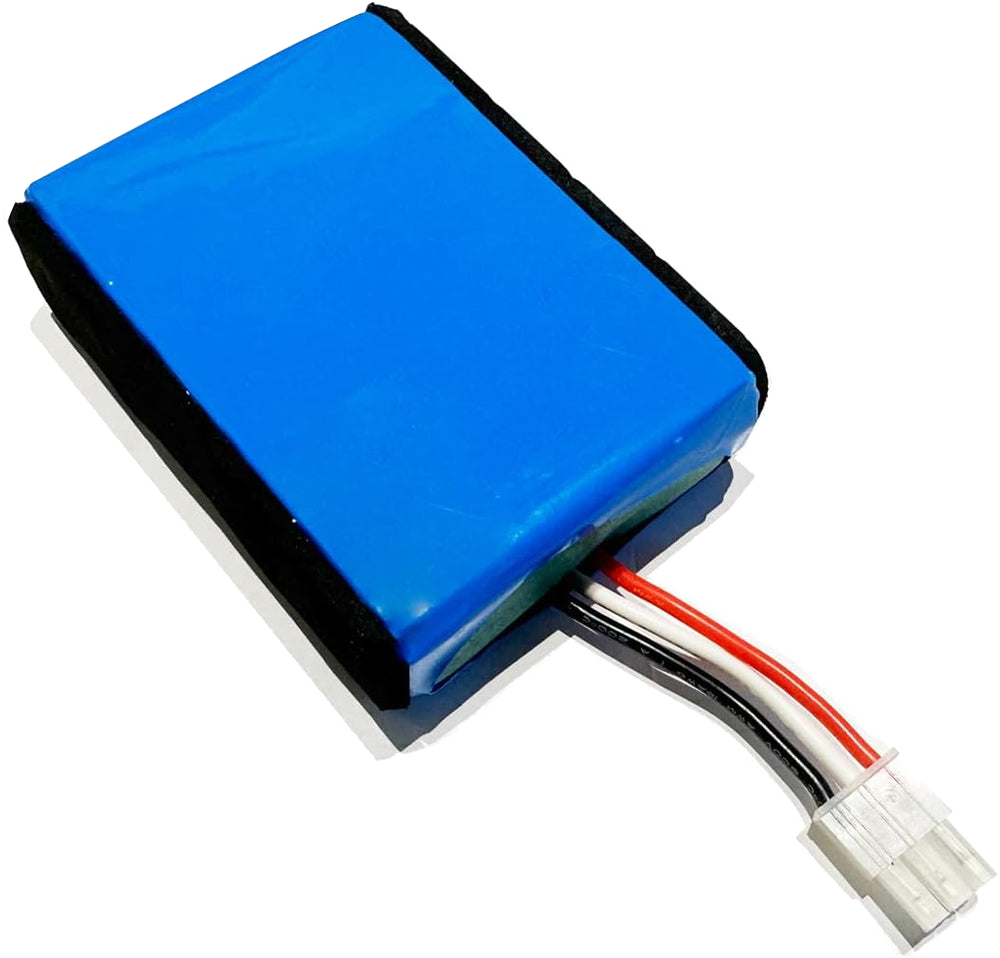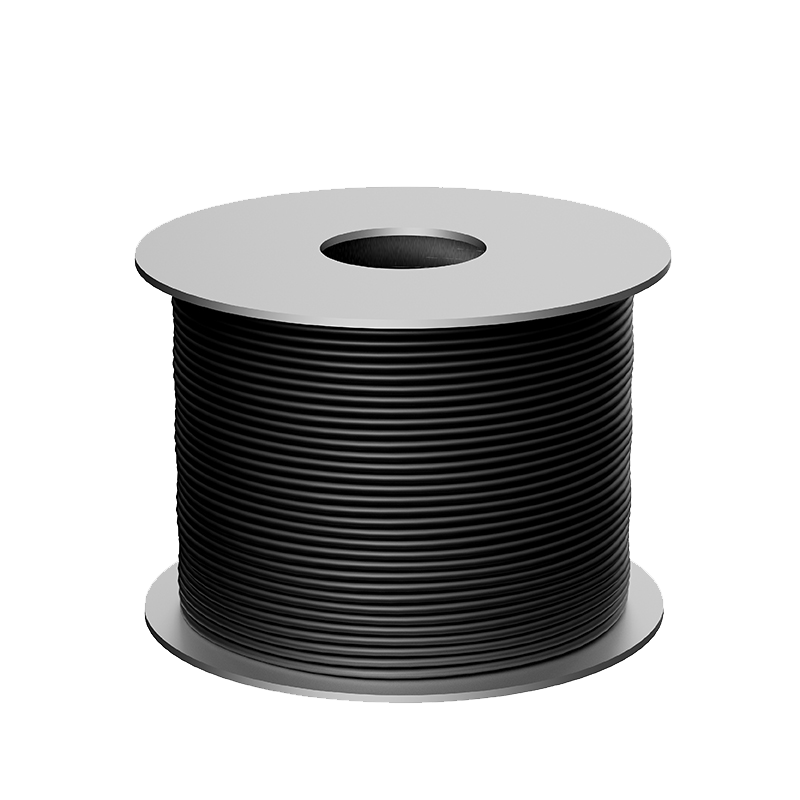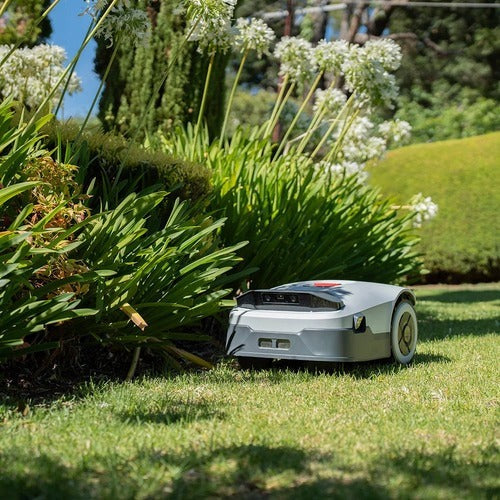Summary:
Master Bermuda grass by mowing 1–2″ high with the one-third rule, aerating annually, and watering 1″ weekly in deep cycles. Test soil (pH 6–6.5), apply 2–4 lbs N/1,000 sq ft across summer, and time herbicides to stay weed-free. With these steps, your Bermuda will shine all season.
How to take care of bermudagrass scientifically?
Bermuda grass (Cynodon dactylon) is a warm-season champion—drought-tolerant once established, recovers from foot traffic like a pro, and thrives under full sun. Yet its vigor can backfire: without proper care, it can turn brown in winter dormancy, invade flowerbeds, or thin out under shade.
1. Mow Smart: One-Third Rule & Height Matters
- Blade Height: Keep common Bermuda at 1–2 inches, hybrid types at 1–1.5 inches, raising by 0.5” in extreme heat.
- Frequency: During peak growth (late spring–summer), mow once or twice weekly; slow to biweekly in fall; pause in winter dormancy.
- Why It Works: Cutting more than one-third stresses plants, reducing energy reserves, and inviting weeds.
2. Breathe Life into Your Soil: Aeration & Compaction Prevention
- Core Aeration: Punch holes once a year (spring/fall) to restore air, water, and nutrient flow to roots.
- Gentle Traffic: Avoid heavy equipment; if using ride-ons, limit passes to reduce compaction—Bermuda likes loose, sandy loam.
- Signs of Compaction: Poor drainage, bare patches, and shallow rooting signal it’s time to aerate.
3. Water Wisely: Go Deep, Go Less
- Deep Soaks: Deliver 1 inch per week (or 0.5–1.5” in sandy soils) in one or two sessions to drive roots down and boost drought resilience.
- Avoid Shallow Sprinkling: Frequent light watering leads to surface roots and stress during heat waves.
- Dormant Pause: Skip irrigation in late fall–early spring when Bermuda is brown-dormant and evapotranspiration rates drop.
4. Feed Just Right: Soil Testing & Fertilizer Timing
- Test First: Aim for pH 6–6.5; add lime or sulfur based on soil reports—big pH shifts need 6–12 months to take effect.
- Nitrogen Schedule: Apply 2–4 lbs N/1,000 sq ft per season: split into early summer, mid-summer, and late summer applications with a high-K blend for stress tolerance.
- Micronutrients: Address iron or manganese deficiencies (yellowing) with chelated sprays between major feedings.
5. Weed & Pest Patrol: Stay Ahead of Invaders
- Pre-Emergent Herbicides: Apply in early spring to block crabgrass and sedges before they sprout.
- Spot-Treat Broadleaves: Hand-pull or use post-emergent sprays only when needed to protect beneficial organisms.
- Pest Watch: Grubs are occasional villains—monitor in late summer and treat with nematodes or approved insecticides if damage appears.
Final Thoughts
Bermuda grass rewards the gardener who balances science with a light touch. Mow like a maestro, let the soil breathe, water with purpose, feed selectively, and patrol for pests—and you’ll enjoy a carpet of emerald green that’s the envy of the neighborhood.












Leave a comment
This site is protected by hCaptcha and the hCaptcha Privacy Policy and Terms of Service apply.